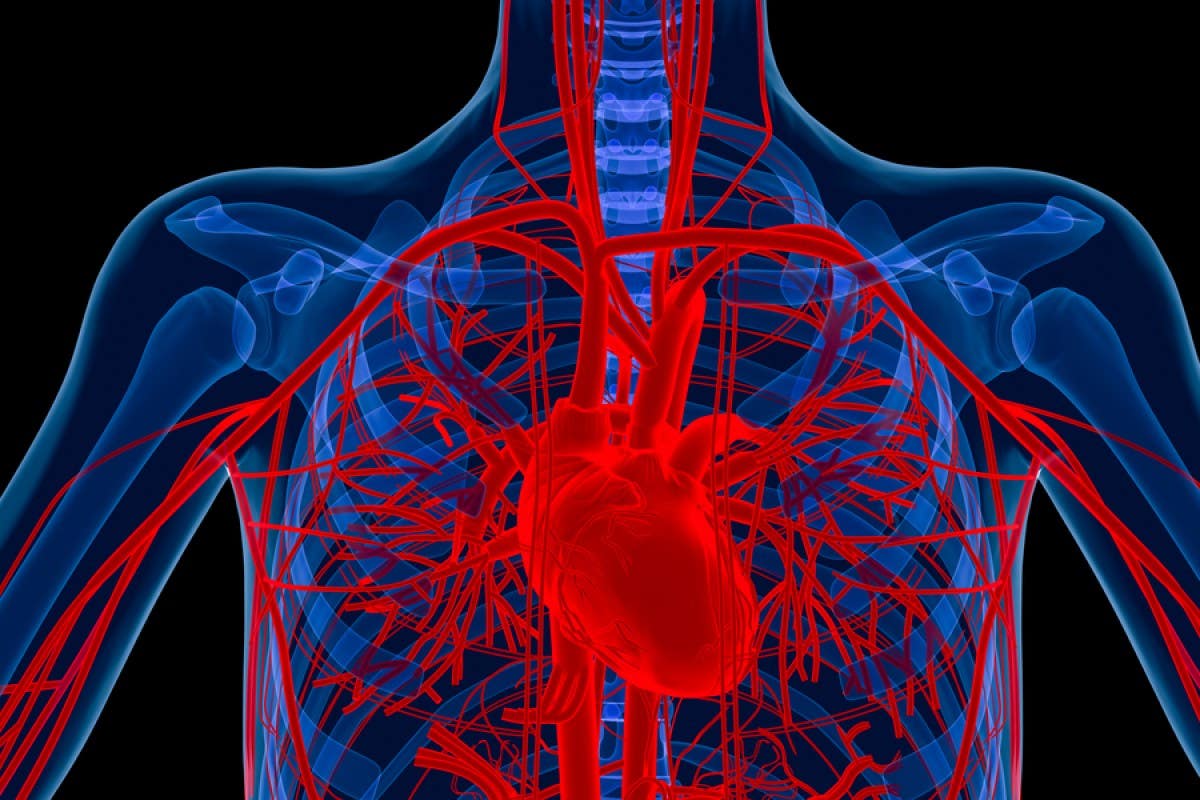3D-printed blood vessels could transform heart disease treatment
3D-printed blood vessels, designed to mimic human veins, hold the promise of transforming cardiovascular disease treatments

Blood Vessels (CREDIT:
BioLogically)
3D-printed blood vessels, designed to mimic human veins, hold the promise of transforming cardiovascular disease treatments. These strong, flexible, gel-like tubes are crafted using innovative 3D printing technology. Experts believe they could improve outcomes for heart bypass patients by replacing the human and synthetic veins currently used in surgery to re-route blood flow.
Synthetic vessels offer several advantages. They can reduce the scarring, pain, and infection risk associated with the removal of human veins in bypass operations, of which about 20,000 are performed annually in England. Moreover, these synthetic vessels could alleviate the failure of small synthetic grafts, which often struggle to integrate into the body.
Researchers, led by the University of Edinburgh’s School of Engineering, developed a two-stage process to create these artificial blood vessels.
First, they used a rotating spindle integrated into a 3D printer to craft tubular grafts from a water-based gel. Then, they reinforced the printed grafts through electrospinning, a process that uses high voltage to draw out thin nanofibers, coating the artificial blood vessels in biodegradable polyester molecules.
Tests revealed that these 3D-printed vessels are as strong as natural blood vessels. They can be produced in thicknesses ranging from 1 to 40 mm in diameter, making them suitable for various applications. Their flexibility allows for easy integration into the human body.
Related Stories
The next phase of the research involves studying the use of these blood vessels in animals, in collaboration with the University of Edinburgh’s Roslin Institute, before proceeding to human trials. This research, published in Advanced Materials Technologies, was conducted in partnership with Heriot-Watt University.
Dr. Faraz Fazal, the lead author from the University of Edinburgh’s School of Engineering, commented, “Our hybrid technique opens up new and exciting possibilities for the fabrication of tubular constructs in tissue engineering.”
Dr. Norbert Radacsi, principal investigator from the same institution, added, “The results from our research address a long-standing challenge in vascular tissue engineering – to produce a conduit with biomechanical properties similar to human veins. With continued support and collaboration, the vision of improved treatment options for patients with cardiovascular disease could become a reality.”
This advancement in 3D-printed blood vessels not only holds the potential to enhance heart bypass surgeries but also represents a significant step forward in the broader field of tissue engineering.
By mimicking the properties of natural veins and offering customizable thicknesses, these synthetic vessels could lead to better integration and outcomes for patients, paving the way for future innovations in medical treatments.
Note: Materials provided above by The Brighter Side of News. Content may be edited for style and length.
Like these kind of feel good stories? Get The Brighter Side of News' newsletter.
Joshua Shavit
Science & Technology Writer | AI and Robotics Reporter
Joshua Shavit is a Los Angeles-based science and technology writer with a passion for exploring the breakthroughs shaping the future. As a contributor to The Brighter Side of News, he focuses on positive and transformative advancements in AI, technology, physics, engineering, robotics and space science. Joshua is currently working towards a Bachelor of Science in Business Administration at the University of California, Berkeley. He combines his academic background with a talent for storytelling, making complex scientific discoveries engaging and accessible. His work highlights the innovators behind the ideas, bringing readers closer to the people driving progress.



